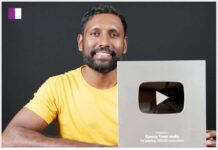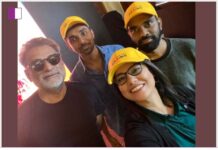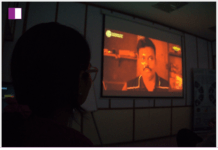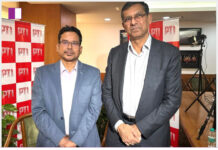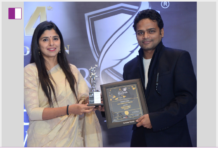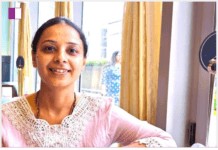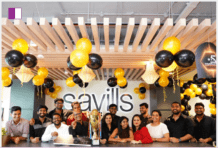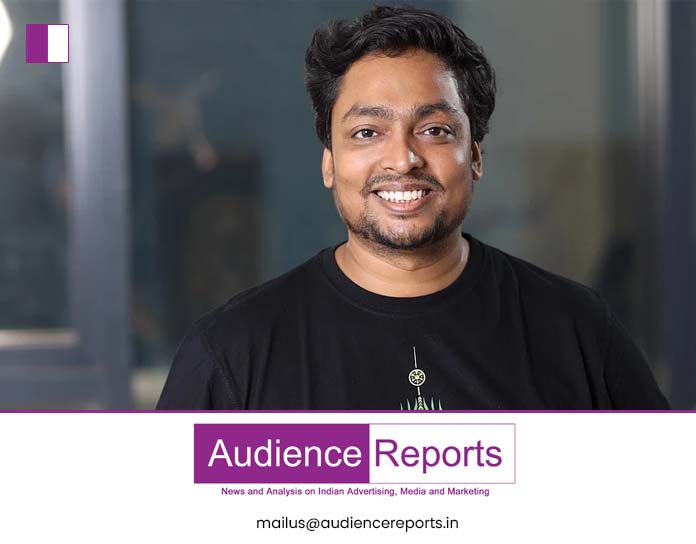The shift from digital to growth is critical, says our guest author.
There’s one constant in life: change. It’s especially true for digital marketing. Accept it or not, today, there’s an over-awareness of digital marketing, and every brand is doing something to leverage its potential. And, why not?
This medium gives us far better and more sophisticated targeting for measurable KPI, using tons of channels – from content to creative to performance to influencers to gamification to Metaverse to AI. And, these vast choices are precisely the problem. Similarly, there’s over infusion of under-skilled digital talent, who know the tactics, but don’t understand the business.
When you ask any marketer about their digital marketing initiatives, you will hear many things, like SEO, social media, writing blogs, newsletters, performance campaigns, and more. However, when you ask marketers about the KPIs, they’re working towards for these activities, there are often multiple KPIs, such as keyword ranking, engagement, reach, ROI, top-of-mind recall, inbound traffic, and more.
It’s a red flag, which means you’re doing many things without a significant outcome and not focussing on identifying which tactics are less important. You’re, instead, focussing on leveraging everything available and, in the process, spreading it too thin.
Going with the motion and doing multiple activities, isn’t a digital strategy. And, the worst that you can do is copy the same playbook of your competition; because it has worked for them and they have already executed. It will definitely not put you ahead and even garner the similar kind of result. Therefore, competition audit is overrated and given more than the required importance.
If a business is looking for sustainable and profitable growth, many things have to change simultaneously in this multivariate equation. First, it will require a shift in how we look at digital, a shift to the marketing model and strategic framework.
Businesses must move from chasing multiple KPIs to identifying a ‘North Star’ metric, defining the one metric that matters (OMTM), and chasing it relentlessly, with digital being the primary driver. This shift requires a change in mindset and strategy, with rapid experimentation, hypothesis testing, aligning on the strategy, and driving that particular metric by intersecting marketing, creative, strategic and technology capabilities, with operational efficiencies.
Here’s an overall framework for the business to enable compounding growth.
Brand’s top management
- Identify a North Star metric and define OMTM.
- Understand that growth is a continuous process to move up the bar, and it’s not about that one big decision, but thousands of small decisions that your team takes.
- Find room in P&L to invest in growth initiatives.
- Make provisions for continuous and sustainable investment to stay within the adaption curve.
- Invest in people and tech.
- Look at the digital team as not a department, but a way of doing business.
- Make your team accountable for efficiencies to chase that OMTM, instead of deliverables in the scope, such as the number of creatives, posts, etc.
Execution team
- Conduct sprints of multiple experiments using lab-like situations.
- Identify innovative frameworks and validate them quickly.
- Refine hypotheses based on data-driven insights.
- Arrive at platform choices and a working model that’s scalable and aligned with that OMTM.
- Fine-tune the approach through the test and iteration loop.
- Leveraging data analytics and advanced tools to optimise for maximum impact.
- Continuously experiment, measure results, and prioritise/de-prioritise the channel and tactics. It’s not about letting a thousand flowers bloom, but about nurturing the one tree that matters the most.
Agencies
- Scoping – If you’re still scoping by deliverables to define the cost, you’re giving a template to the execution team that will lead them to chase multiple KPIs and eventually fail. It needs to be thought through.
- Utilisation rate – It’s essential to track what your team is working on and the percentage of their total hours spent towards driving that OMTM.
- Frequency – Audit and validate the assigned team’s deliverables and efficiencies, and their relevance per that North Star metric.
- Investment in quality people and technologies is a must.
- Assessing profitability and gross margin – To assess your overall profitability, first look at your net revenue, which is revenue minus hard costs. Once you have that, subtract all costs associated with production (anyone who works in the business), including fully-burdened costs. Your goal, as an agency, should be around 50% net revenue. Additionally, your overhead costs, like marketing expenses, business development, and facility costs, should be at least 35%. So, net revenue (50%) minus overhead (35%) = a gross margin bottom line (15%). Ideally, you’ll want a gross margin up from 15% closer to 35%.
- Last, don’t shy away from asking for a premium to maintain a healthy margin percentage that will eventually help hire good talent and deliver quality work.
It’s time to be comfortable with being uncomfortable. The world is changing, and so are your customers. Generation Z are becoming adults and will soon be the primary target audience for most sales, and they will no longer respond to your old tactics.
With the introduction of AI tools like ChatGPT, consumers expect immediate responses and personalised interactions. The traditional one-size-fits-all marketing approach is no longer practical. Companies are facing enormous pressure from shareholders to get leaner. Some have conducted layoffs already, with more expected to come. And, they’re all relying on AI to capture efficiencies. The cost of cognition and creativity is dropping! It will soon be too late if you’re not thinking about growth now.


